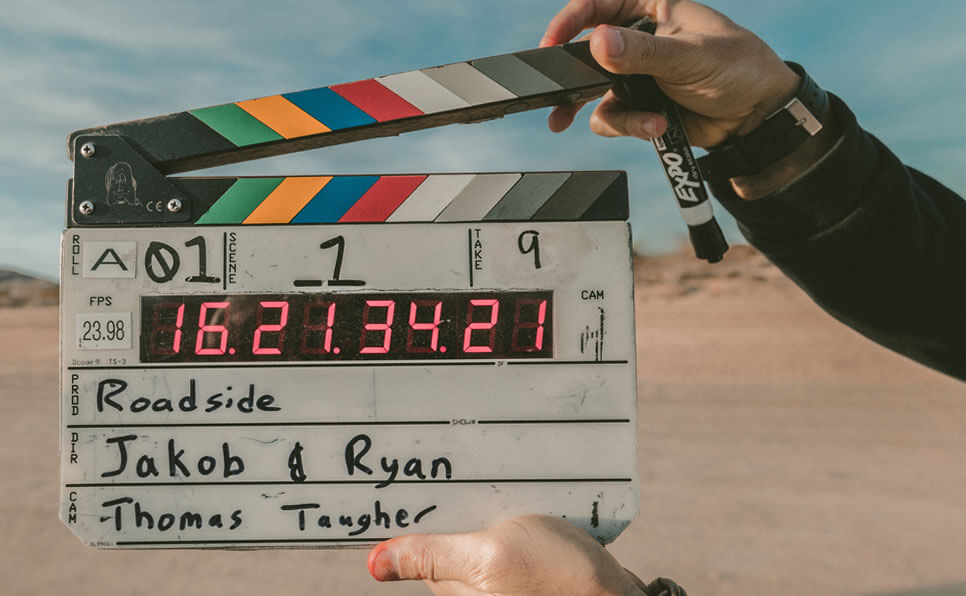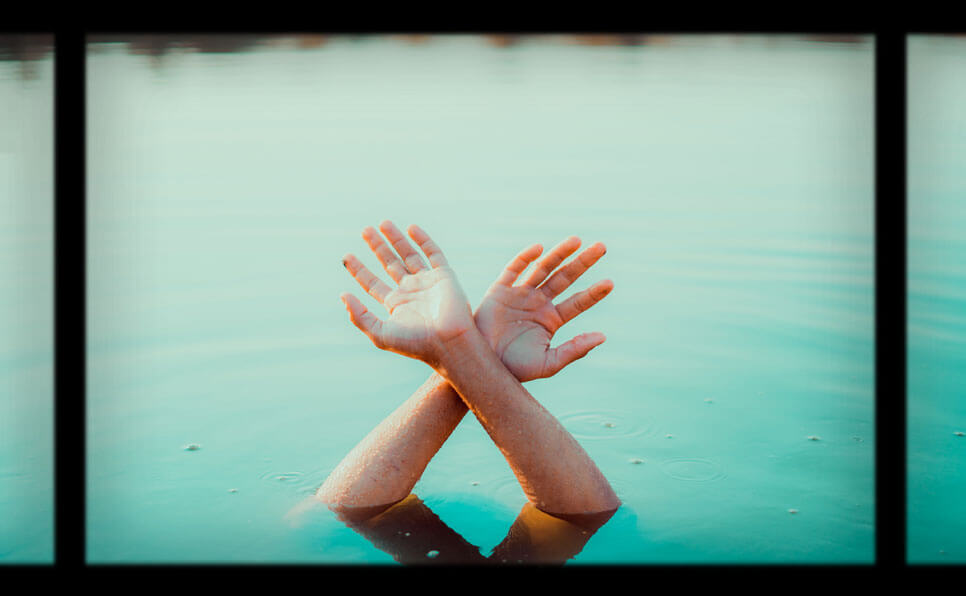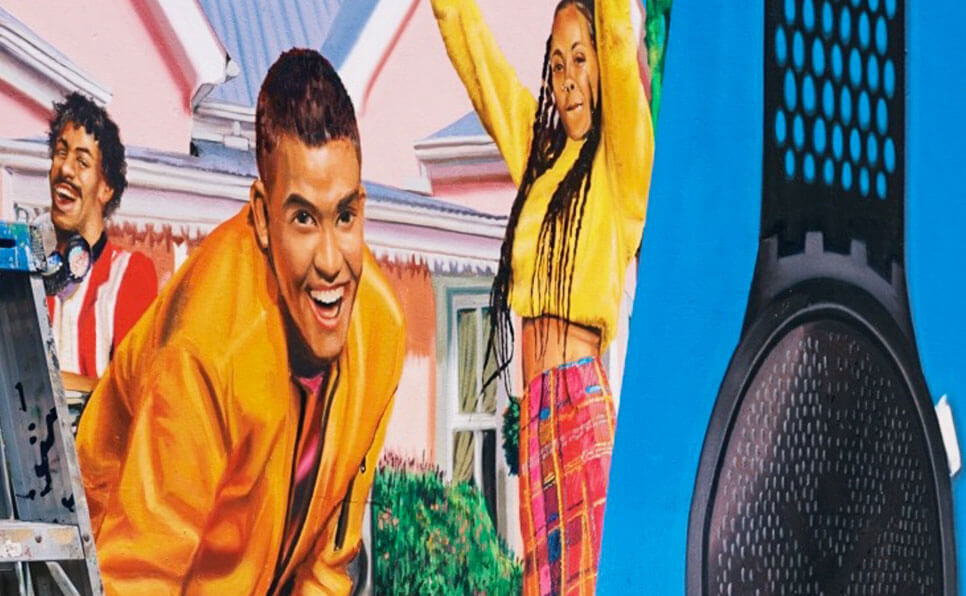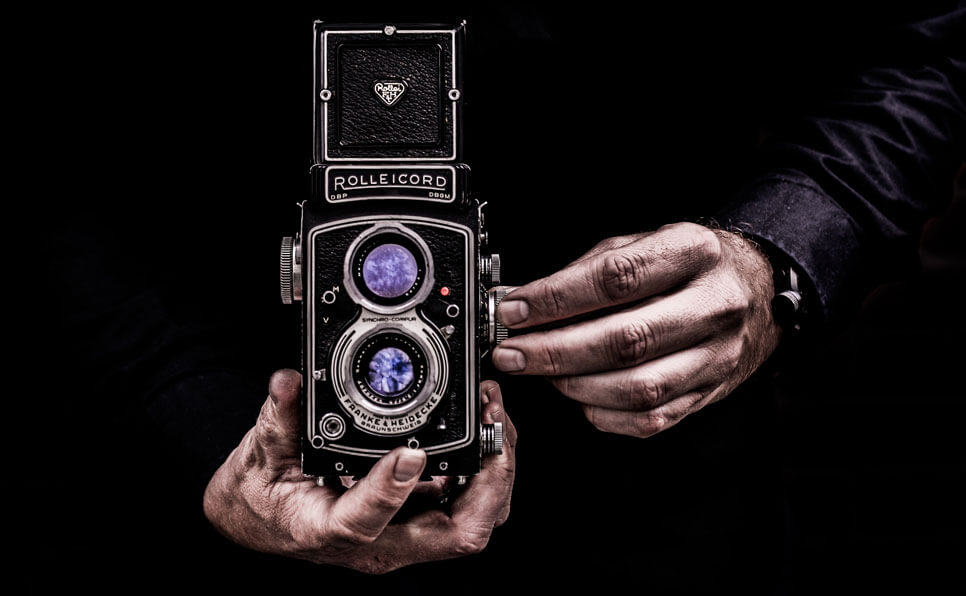Not long ago, shooting vertical was a mistake—now it’s a strategy. From short-form platforms to full-length narratives, the vertical video format (9:16) is reshaping how we produce, frame, and even think about cinema.
“We’re not just adapting to screens, we’re adapting to habits,” says Talia Neri, a Berlin-based director whose award-winning short film premiered in vertical at this year’s Mobile Frame Festival.
From Social to Serious
- Netflix and Amazon Prime have started experimenting with vertical previews and pilots.
- Film festivals like SXSW and Mobile Film Fest are now accepting (and awarding) vertical submissions.
- Brand campaigns are produced first in 9:16, with horizontal versions as secondary edits.
Why vertical video is gaining ground:
- It matches mobile behavior. 80%+ of users hold their phones upright at all times.
- It feels more intimate. Close-ups dominate, making characters feel closer and emotions sharper.
- It challenges old rules. Filmmakers must rethink blocking, headroom, and motion.
“It’s not about what’s cinematic anymore. It’s about what’s immersive—and vertical is immersive in the palm of your hand,” notes Cem Yılmaz, director of digital content at FrameHaus.
But here’s what to watch out for:
- Not every story fits vertically. Large-scale landscapes or ensemble scenes can suffer.
- Distribution is still catching up. Most cinemas and major platforms still default to 16:9.
- Budget constraints. Shooting dual formats can increase production time and cost.






